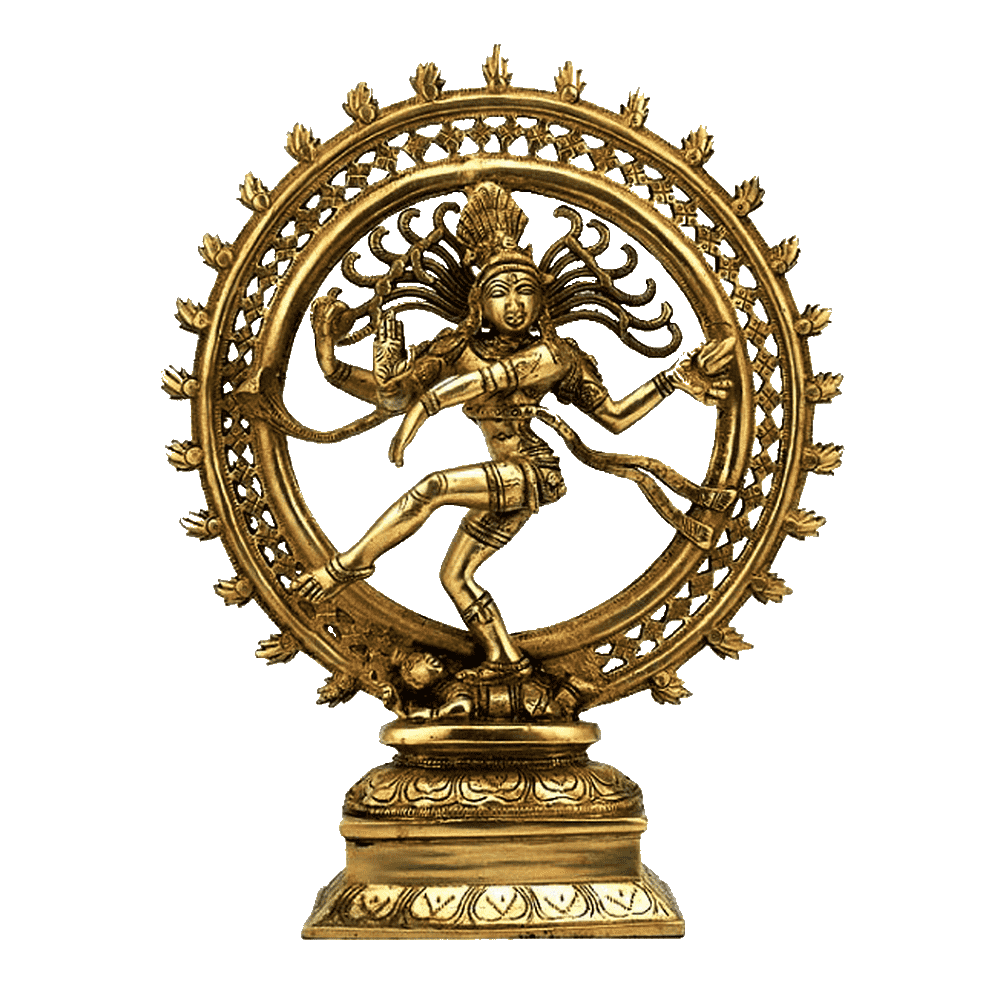
Samaya Tantras
The Path of Spiritual Realization through Meditation and Devotion
Abstract:
Samaya Tantras form a significant branch of the Tantric tradition within Hinduism, focusing on the attainment of spiritual realization through meditation and devotion. This article delves into the origins and context of Samaya Tantras, highlighting key themes and teachings found in these texts. It explores the enduring significance of Samaya Tantras in contemporary spiritual practices, offering seekers a transformative pathway to divine communion and self-discovery.
Introduction:
Samaya Tantras represent a sacred path within the rich tapestry of Tantric traditions, emphasizing the importance of meditation and devotion as gateways to spiritual awakening. The term “Samaya” in Sanskrit denotes an eternal commitment or covenant between the practitioner and the divine. In this article, we explore the essence of Samaya Tantras, their origins, and their profound significance in guiding seekers towards inner transformation and divine communion.
Origins and Context:
The origins of Samaya Tantras can be traced back to ancient Tantric practices that sought to explore the mystical dimensions of spiritual evolution. The tradition of Samaya embraces the notion of direct communion with the divine through deep meditation and unwavering devotion. These Tantras emerged within the broader context of Hindu religious and philosophical traditions, offering seekers a transformative path to self-realization and spiritual growth.
The Samaya tradition gained prominence during the medieval period in India, as Tantric sages and practitioners further developed and integrated the path of meditation and devotion into the Tantric framework. The practices and philosophies of Samaya Tantras have been passed down through Guru-disciple lineages, fostering a direct and personal connection between the teacher and the disciple.
Key Themes and Teachings:
Samaya Tantras encompass several key themes and teachings that form the core of this sacred path:
Meditation and Spiritual Contemplation:
Samaya Tantras emphasize the practice of meditation (Dhyana) and spiritual contemplation as a means to access higher states of consciousness. Through deep inner reflection, seekers strive to realize the divine essence within themselves and all of creation.
Bhakti and Devotion:
Devotion (Bhakti) is considered a pivotal aspect of the Samaya path. Seekers cultivate a profound love and surrender to the divine, fostering a heart-centered approach to spiritual growth.
Guru-Disciple Relationship:
The Samaya tradition places great importance on the relationship between the Guru (spiritual teacher) and the disciple. The Guru serves as a guide and mentor, leading the disciple towards spiritual realization.
Enduring Significance:
The enduring significance of Samaya Tantras lies in their timeless teachings on meditation and devotion as powerful means to attain self-realization and divine communion. In contemporary spiritual practices, Samaya Tantras continue to inspire seekers to embark on a transformative journey of inner exploration and spiritual awakening.
The emphasis on direct communion with the divine and the cultivation of love and devotion fosters a sense of unity and interconnectedness, nurturing a profound spiritual connection with the divine and all living beings.
Conclusion:
Samaya Tantras offer a profound and transformative path of spiritual realization through meditation and devotion. These sacred texts and practices provide seekers with a direct and intimate approach to divine communion and inner awakening. The enduring significance of Samaya Tantras lies in their ability to guide seekers towards self-discovery, fostering a deep connection with the divine and inspiring a life of devotion, love, and spiritual growth. In a world seeking spiritual fulfillment and inner peace, the teachings of Samaya Tantras offer a profound and heart-centered pathway towards self-realization and divine realization.
Editor – Kaalchakra Team
[ Note – Before Concluding anything as a Finale, Please Go through Original Scriptures of Vaidik Literature Written in Sanskrit and Also with Meaning of That time of Language. Because English is a Limited language to Explaining the Deeper Knowledge of Vaidik Kaal. ]
